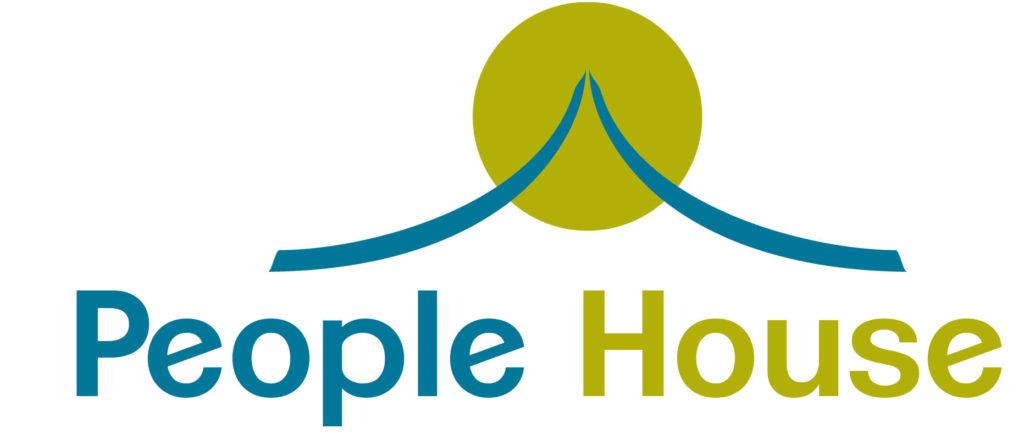The Acorn & The Oak: Understanding our Human Potential || By Kevin Culver LPCC
In this series of blogs, I am exploring questions around finding meaning and purpose in our lives and how therapy can help further this exploration.
I want to start this blog with a basic observation about oak trees – the simple fact that oak trees begin their life cycle as acorns. To think that a towering 60-foot oak tree began its life as a tiny seed is truly remarkable.
The acorn becoming the oak is an apt metaphor for many things, because it highlights the ability for living organisms to change and transform into something else.
It also poses a larger question about potential:
If there is potential in an acorn to become an oak tree, might there also be hidden potential in us as humans to become something more?
What is potential?
To answer this question, we must first understand what potential is. Potential can be defined as “currently unrealized ability.”
By this definition, an acorn is essentially stored potential. When the acorn is exposed to favorable conditions such as rich soil, moisture, and sunlight, its potential can be released as it receives the nourishment it needs to transform into an oak.
The other important aspect of this definition is that potential is currently unrealized.
This differentiates between two states – what it is now and what it can become. This implies that transformation is possible, but it also implies that potential can go unused without ever being realized. The acorn can be eaten by a squirrel, it can fall on rocky soil, and its potential can be lost.
What about human potential?
It is easy to think about potential for oak trees since their genetic material provides a seamless path towards fulfillment. For humans, however, our potential is undefined and unclear.
Yet many of the same principles also apply to us. Like acorns, we also need certain conditions in order to thrive as humans, but our needs are more complex than soil, water, and sunlight.
For humans, we have physical, social, psychological, and personal needs. And when any of these needs are unmet, we can experience problems and suffering. When we’re unable to pay for rent or groceries, we’ll feel stressed and unable to focus on anything else. When we feel lonely and isolated, we may feel depressed and unworthy. When we experience trauma or suffering, we may withdraw from our lives, making daily tasks impossible to complete.
All of these barriers and experiences can hold us back and frustrate our attempts to live up to our potential. And it is often these frustrations that lead us to seek therapy, since deep down we feel that we can be more and do more with our lives, but we don’t know where to start.
The role of therapy
People come to therapy when their attempts to live a fulfilling life are frustrated and stalled by internal and external barriers. So how can therapy help you get back in alignment with yourself and help you move closer to your potential?
At the beginning, therapy is typically marked by confusion due to the presence of powerful emotions, difficult experiences, or feelings of stuckness and uncertainty.
All of these things are hard to understand or make sense of alone; but through the therapeutic process, clients are given permission to slow down and reconnect to their experience. And over time, clients begin to move from confusion to clarity, from self-doubt to confidence, and from numbness to vibrant aliveness.
With this newfound perspective, clients then begin to approach life differently with greater openness, flexibility, curiosity, and courage. So, although a client’s outer circumstances may not have changed, their approach towards life is radically different.
They may still encounter financial difficulties, feelings of anxiety, or painful memories, but they’ve developed the ability to trust themselves, to meaningfully process their experience, and to cope with life’s inevitable sufferings.
Simply put, they’ve developed the capacity for sustained resilience.
And it is this fundamental change in perspective that alters how clients approach the world and sets the stage for them to move closer to their potential.
Conclusion
We may not be able to change our circumstances, but we can change how we relate to them.
A perceived limitation can be transformed into an opportunity for growth. Thus, the very things that limit us can also be used as a means for transformation.
And human potential, if nothing else, is our limitless ability to adapt, overcome, and become more than what we were.
So rather than avoiding the challenges and pain in our lives, what if we were to view our suffering as a pathway towards realizing our potential?
This is a difficult question that cannot be answered through thought alone, it must be accompanied by lived experience. It is a question that acts as an invitation into a deeper way of being. And it is in therapy that this question is brought to life, examined, and transformed into meaningful change.
About the author: Kevin Culver, LPCC, is a professional counselor, published author, and owner of Resilient Kindness Counseling. Kevin has a MA in Mental Health Counseling and a BA in Theological Studies. With a background in spirituality, philosophy, and psychological research, Kevin provides a holistic approach to therapy that seeks to honor each client’s unique personality, worldview, and life aspirations. In his therapeutic work, he helps clients rediscover their humanity and create greater meaning in their lives, work, and relationships. He enjoys working with individuals from all backgrounds, but specializes in working with men’s issues, spirituality, and relationship issues. If you are interested in working with Kevin or learning more about his practice, please visit resilientkindness.com or email him at kevin@resilientkindness.com
